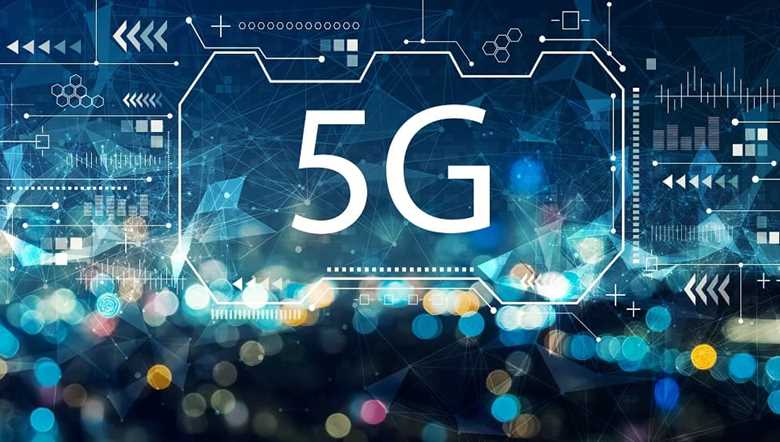5G networks will have to provide extensive coverage and connectivity to support the various demanding 5G services. From an architectural point of view, heterogeneous networks have already been developed for existing networks. Still, due to its demanding requirements, it is also expected to be a cornerstone for 5G deployment.
A heterogeneous network is a network that incorporates many different requirements and services such as voice and data radio access technologies (2G, 3G, 4G, and 5G). Furthermore, it also supports multiple access nodes such as macro, micro, pico, and femtocells. These combined technologies contribute to seamless support of high coverage, capacity, and data transmission speed, ensuring at the same time excellent service levels to the end customers.
The coexistence of different radio technologies is mainly due to technological but also economic reasons. Using these technologies in parallel results in a smooth migration from existing networks to the new 5G stand alone infrastructure. Until most of the Mobile Carriers move to a standalone 5G network, the simultaneous provision of high levels of voice and data services can be supported and enhanced by combining the individual technologies together. On top of the technical reasons, however, the economic impact based on the high cost of the communication providers’ investments in the new 5G network infrastructure has also to be considered. One should also bear in mind that the acquisition of the 5G spectrum itself may have cost up to billions of dollars.
5G network layer
The network layer or tier is a topology of radio access nodes. The so-called base stations cover corresponding cells with homogeneous characteristics in terms of cell size, the structure’s dimensions, and the maximum emission power. Traditionally, radio networks were designed and distributed based on a single layer, known as macro-cellular or simply macro-layer. The macrocells serve a wide geographical area of a radius depending on the desired coverage area (dense urban, urban, rural, etc.). They can range from a few hundred meters up to a couple of kilometers in typical urban environments and approximately several up to 10 kilometers in specific rural environments. These base stations are placed after careful network planning and usually in special structures such as radio towers and rooftops when located outdoors, as well as indoors. They are suitable to provide coverage in different areas according to their emitted power and the support of multiple spectral bands, such as 800, 900, 1800, 2100, and 2600 MHz. Current voice and data networks have 2G, 3G, 4G designed and developed mainly based on the specific macro-cell topology.
5G small cells
The integration of small cells, which is shorter in scope than macrocells, can provide optimal user coverage, especially in a dense urban environment. It is a well-established practice of topological evolution of modern radio networks, to cover the network densification needed and provide high coverage with high speeds in selected areas. Small-cells typically have a range of a few meters (femtocells) to a few tens (pico) or even hundreds of meters (micro). They also usually have an emission power from 100 mW (femto) up to 10 W (micro), while they are placed either outdoors (micro / pico) or indoors (pico / femto). Higher carrier frequencies are usually used for their operation, e.g., 1800, 2100, and 2600 MHz and in 5G cases 3.5 GHz or 26/28GHz). The micro-cells are typically placed outdoors, at a low height. They cover mainly areas of public interest with increased telecommunications traffic needs such as stadiums, parks, public transport stops, lighting poles, and various street furniture in densely populated urban areas. The same Stations can also offer indoor coverage.
5G Pico/Femto cells
Pico-cells have a radius of coverage of a few tens of meters. Usually, they cover demanding interior/ indoor and outdoor public spaces of interest, such as multi-story facilities, train stations, public stops transport poles, lighting poles, etc.
Femto-cells are placed in homes and operate on a model basis with restricted access. So the different hierarchical levels of cells coexist, acting collaboratively. Each level focuses on different coverage and telecommunication traffic profiles while utilizing continuous investments in alternative radio access infrastructure.
Therefore, the term heterogeneous networks is used to describe both the present and future mobile networks, which use multiple radio access technologies and multiple hierarchical cell levels. This helps to optimize each time the levels of coverage and provide the required capacity and quality of service for subscribers moving in heterogeneous environments. Without using this architecture, it becomes impossible to deliver mobile services communications with the required network performance characteristics, now and in the future to come.
5G & WiFi
The new 5th generation systems will work harmoniously with previous technologies such as 2G, 3G, and 4G/LTE but will also incorporate WiFi technology. Many Operators have already used WiFi on top of their existing 4G networks to provide enhanced VoLTE (Voice over LTE) and VoWiFi (Voice Over WiFi) technologies. This combination offers higher quality calls to voice services, higher speeds, and uninterrupted communication through the possibility of switching between mobile network and WiFi and Giga WiFi Calling service. The combination of VoLTE and the Giga WiFi Calling service enables the automatic transfer of a call between networks during its execution. For example, suppose the user moves outside the range of WiFi, even in the middle of a call. In that case, communication will resume normally with the call being transferred to the cellular 4G/5G network without interruption. Of course, the same will happen during the opposite transition, i.e., from the cellular network to WiFi.













